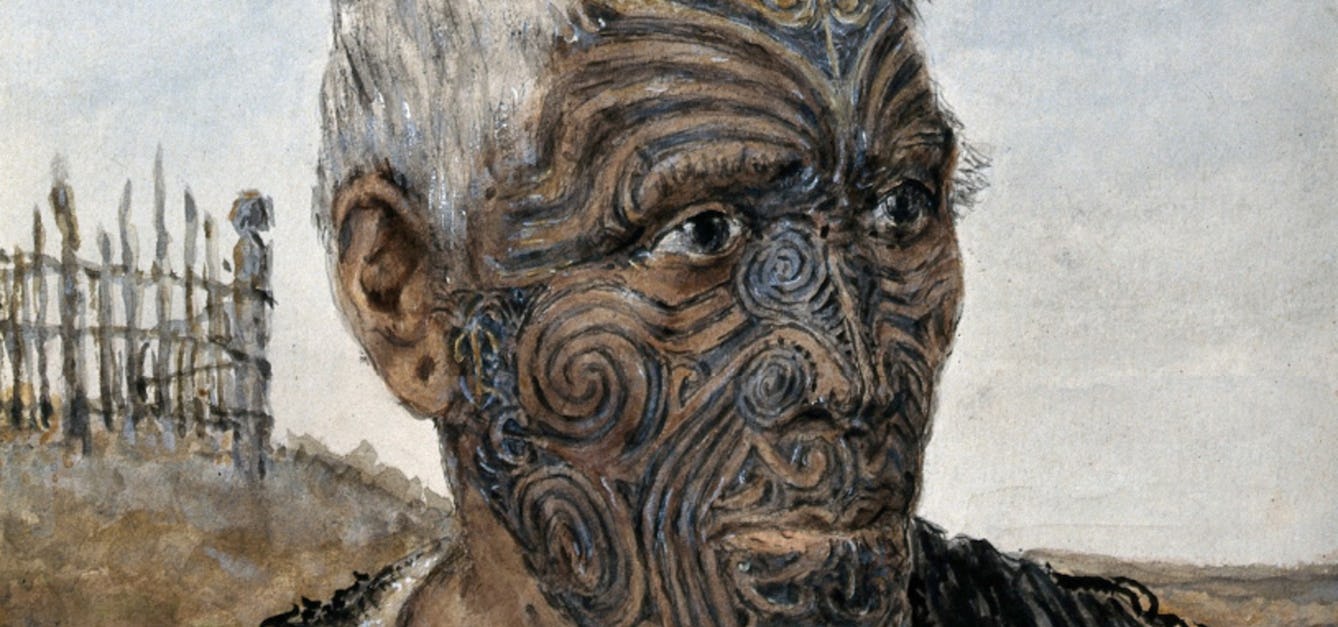Stories

- Article
Natural eating in Jamaica and the Caribbean
Riaz Phillips is passionate about the Jamaican food he grew up with and plant-based Caribbean food he came to later, like roti, baiganee and vegan stews and curries. Here he explores the origins and surging popularity of these natural ‘health foods’.

- Article
Tracing the toxic story of tear gas
Investigating tear gas – from factory to Black Lives Matter protest – Imani Jacqueline Brown uncovers a toxic legacy where pollution, violence and racism are intimately entwined.

- Article
A brief history of tattoos
The earliest evidence of tattoo art dates from 5000 BC, and the practice continues to hold meaning for many cultures around the world.

- Book extract
Ayurveda: Knowledge for long life
The story of medicine in India is rich and complex. Aarathi Prasad investigates how it came to be this way.
Catalogue
- Archives and manuscripts
Slave trade: note on Dutch conquest of Bali
Date: 19th CenturyReference: PP/HO/D/D101Part of: Hodgkin family- Books
- Online
Slave trade. The negro and the free-born Briton compared; or, a vindication of the African slave trade. Proving that it is lawful and right, in a Religious, in a Political, and in a Commercial View. Interspersed with religious and critical digressions. Humbly addressed to the people of England, but more particularly to the legislature and to the Merchants, Planters, and others concerned in the West-India trade.
Date: [1789?]- Books
- Online
Slave trade. A full account of this species of commerce; with arguments against it, spirited and philosophical: by the Celebrated Philosopher and Historian, Abbé Raynal. Translated from the French. The Law Permitting this Protects only Life.
Date: [1792?]- Archives and manuscripts
Slave Trade
Date: 1737-1842Reference: MS.7151- Archives and manuscripts
SLAVE TRADE PAPERS
Date: c 1800-1827Reference: RET/8/9Part of: The Retreat Archive










